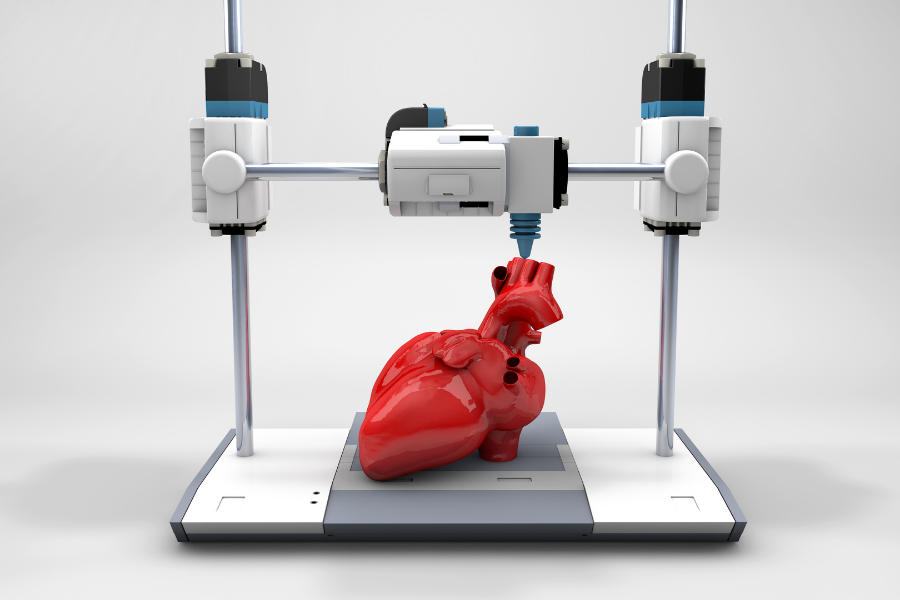The healthcare industry is experiencing a revolutionary transformation and the role of 3D printing in medicine can not be overemphasized. Imagine a world where customized medical solutions are the norm, where surgical precision reaches new heights, and where organs can be created with the touch of a button. This is the power of 3D printing in medicine. In this blog post, we will delve into the remarkable role of 3D printing in healthcare and explore its potential to revolutionize patient care and medical research.

The Evolution of 3D Printing in Medicine:
Over the years, 3D printing has evolved from a novel concept to an indispensable tool in the medical field. Initially used for creating anatomical models and prototypes, it has now become a driving force in personalized medicine. Surgeons can now produce patient-specific models, implants, and surgical guides, leading to enhanced outcomes and faster recovery times. The possibilities are limitless, and we are witnessing groundbreaking applications every day.
Enhancing Patient Care with Customization:
One of the most significant advantages of 3D printing in healthcare is the ability to create customized solutions. With this technology, medical professionals can design and fabricate prosthetics, implants, and other medical devices tailored specifically to each patient’s needs. This level of customization not only improves patient comfort and functionality but also reduces the risk of complications. The era of one-size-fits-all medicine is coming to an end.
Pushing the Boundaries of Medical Research and Education:
The impact of 3D printing in medical research and education cannot be overstated. Anatomical models created through 3D printing allow surgeons to practice complex procedures and improve their skills before entering the operating room. Medical students can now study detailed replicas of organs, gaining a deeper understanding of human anatomy. Moreover, researchers are utilizing 3D printing to develop innovative solutions for drug delivery, tissue engineering, and regenerative medicine.
Overcoming Challenges and Future Possibilities:
While 3D printing in medicine has come a long way, there are still challenges to overcome. Issues such as cost, regulatory hurdles, and scalability need to be addressed to make this technology more accessible. However, the future holds immense possibilities. Scientists are actively working on bioprinting, the creation of functional human tissues and organs. Imagine a future where organ transplantation waiting lists become a thing of the past, thanks to 3D-printed organs made from a patient’s own cells.
The remarkable role of 3D printing in revolutionizing healthcare cannot be understated. From personalized implants to advanced surgical planning, this technology is reshaping patient care and medical research. As we continue to explore its potential, the possibilities seem endless. The day is not far when 3D printing will become an integral part of every healthcare facility, enabling better outcomes, improving patient experiences, and transforming lives. Embrace the future, where the remarkable role of 3D printing in medicine is just beginning to unfold.
Click here If you are looking for thesis topics or research topics on 3D printing.